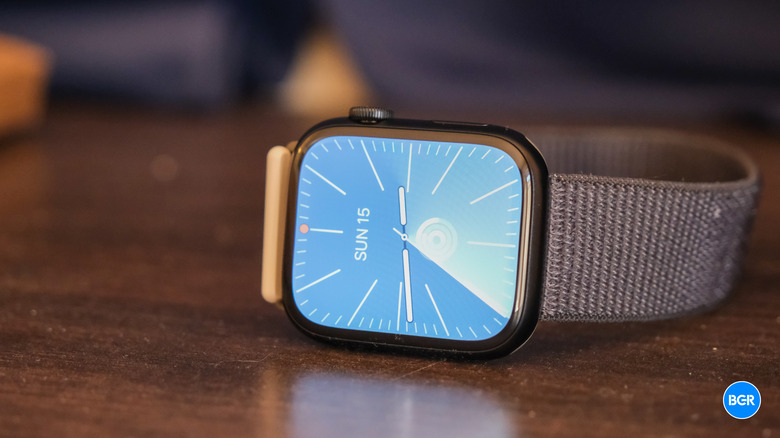This Apple Watch Heart Attack Story Convinced Me To Start Running Marathons
I don't suffer from any heart illnesses, as far as I know. But, like most people, there's history of that in my family. That prompted me to start running again about a year ago, as the pandemic had given me the perfect excuse to be lazy about working out. On the plus side, I lost weight while replacing fast food with home-cooked meals. But I was still out of shape.
A few months later, I tasked ChatGPT with creating a half-marathon training routine, which I mostly stuck to for the better part of the last five months. I ran not one but three half-marathon races, including the official course I was preparing for. And my Apple Watch told me the official race was actually a personal record.
While the Watch might have been lying to me, I still did it. I got back to running. And, at the end of that race, the idea of running a full marathon started forming.
I had never seriously considered running a full marathon. I thought I might end up doing it eventually, but I've now decided to push myself and just run one. I've already started training, and I'm still using ChatGPT for that.
But the following Apple Watch story is really what convinced me there's no going back. After a heart attack that required a triple bypass, a 43-year-old diabetic used an Apple Watch to get in shape and then start running marathons.
It's World's Diabetes Day on Tuesday, November 14th, and Apple has released updates regarding Apple Watch-based research into diabetes. The illness affects hundreds of millions of people around the world, and it goes hand in hand with heart disease and obesity.
Maintaining an active lifestyle combined with proper nutrition will reduce the risk of developing diabetes and delay the onset of heart conditions. That's always been my goal with running.
Pursuing half-marathon races, which I ran before the pandemic, just makes it more interesting. But I never thought I'd have the patience to run for three or four hours, which is what a marathon race would take me.
Billy Smith's story made me realize I must do it. And I have to do it now. The man told Fox 25 that he suffered a heart attack on March 4th, 2020. A few days later, the triple bypass open heart surgery followed.
After that, Smith accidentally stumbled upon the Apple Watch and decided to use it to track his heartbeats. Little did he know he'd become addicted to closing the rings. The Apple Watch feature I appreciate the most is health and fitness tracking. I don't care about notifications from other apps or using the Watch as an iPhone replacement.
While I'm not always closing the rings, I certainly get what drove Smith. By October 2020, he was able to run a 5K race, his first. "I got into hiking and camping, and meanwhile, I'm trying to close these rings every day, I'm obsessed with it," he told Fox 25. He's now running marathons and half-marathons.
Smith pointed out that he also had diabetes before the heart attack. That's why he shared his story for World Diabetes Day.
"I was more of a couch potato, eating terrible for ya foods and clogging these arteries and became a diabetic along the way, type two diabetes. After getting active and learning how to take care of all that and moving, I no longer take any diabetic medicine, I'm no longer considered type two. I used to have a really high A1C, now it's in the normal range," he said.
That's certainly an inspiring story that goes to show it's never too late to start running marathons, especially in this day and age, when tech like Apple Watch and ChatGPT can help tremendously. I guess that's it for me. I will run my first marathon next year, and then start preparing for the next.
